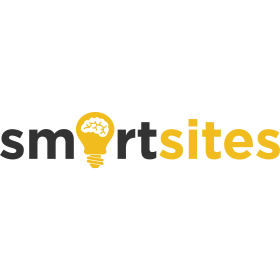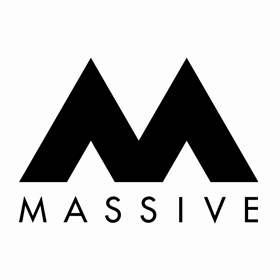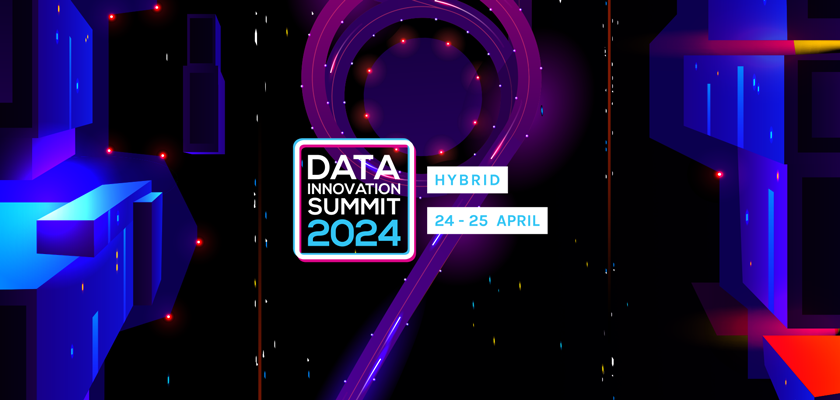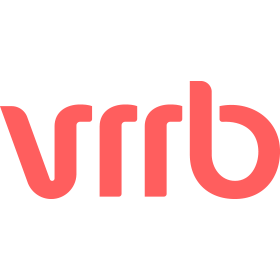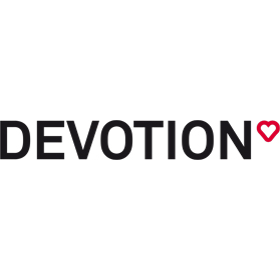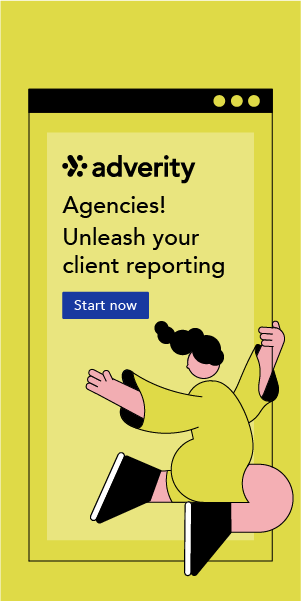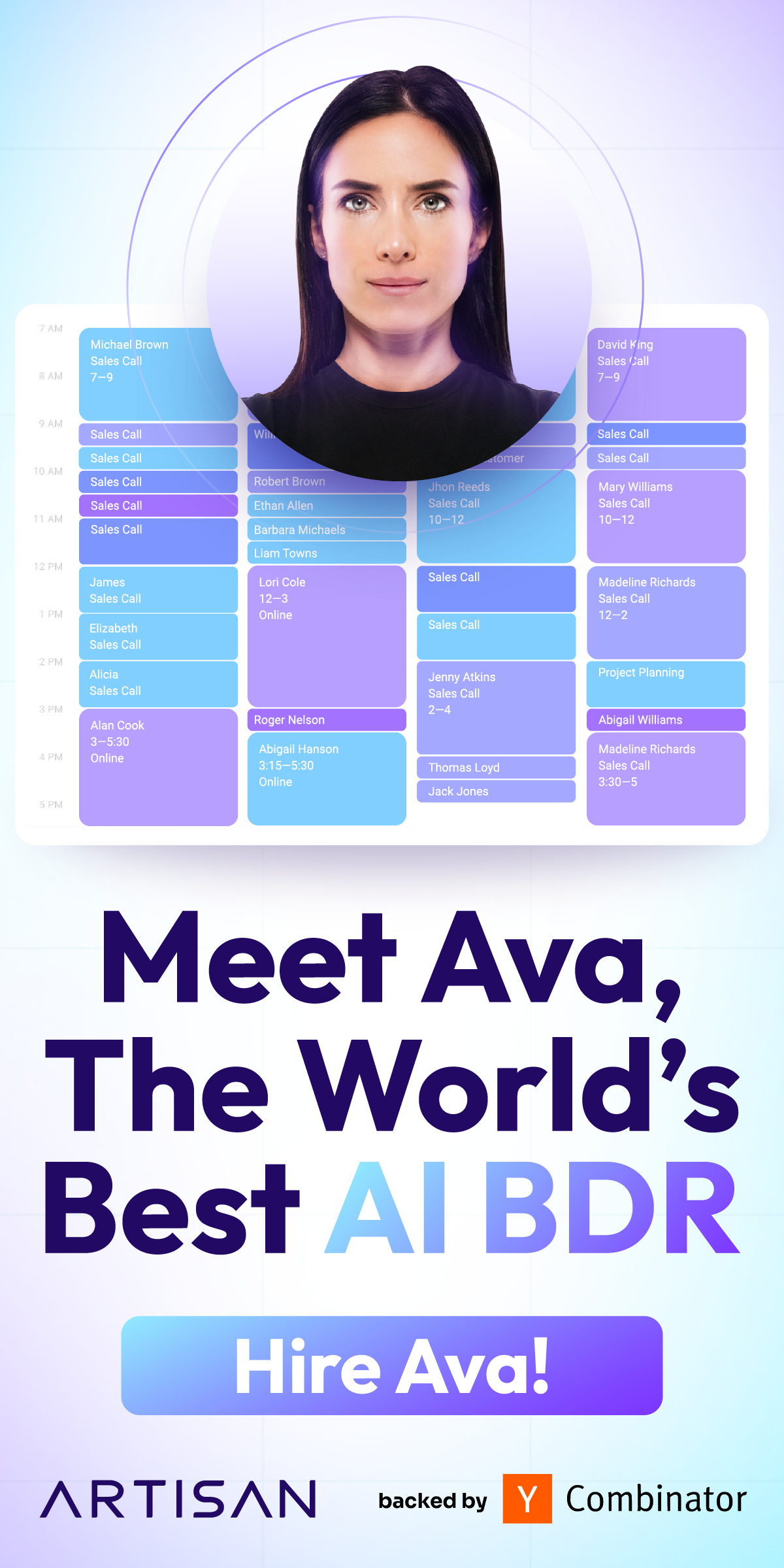
Website Design Examples for Higher Education Institutions to Boost Enrollment
In a world where 94% of first impressions are design related, can a college or university truly rely solely on its legacy or word-of-mouth to fill classrooms? Gone are the days. Now, a student’s journey begins online, making the quality …

How to Start a Web Design Agency in Just 12 Easy Steps?
So, are you thinking of starting a web design agency? It’s a glorious idea. Rapid digitization has shown businesses how successful or disruptive a good online presence can be for businesses. In fact, 50% of customers claim that a firm’s …

Law Firm Website Design Inspiration: 10 Standout Web Designs to Steal Ideas From
A law firm’s website is often the first point of interaction between the firm and potential clients. It’s where first impressions are formed, and in the legal industry, these first impressions can be the deciding factor in whether a visitor …

8 B2B Web Design Best Practices You Can’t Ignore
Here’s a shocking piece of information: a staggering 94% of first impressions are design-related. Imagine walking into a conference room to pitch your services, but instead of a polished presentation, your slides are disorganized and difficult to read. That’s the …

Inspiring Digital Marketing Agency Website Designs in 2024
Building or revamping your digital agency website? Creating an engaging website with impactful design requires attention to some key elements. However, before discovering our blog, ask yourself: what grabs your attention when you visit a digital agency’s website? Naturally, you’d …

How to Ensure Efficient Web Design Feedback and Client Collaboration Process for Web Projects?
Collecting web design feedback from clients and other project stakeholders gets challenging and time-consuming. This can occur when you do not have the appropriate tools and workflows in place to streamline the process. If you constantly have to deal with …
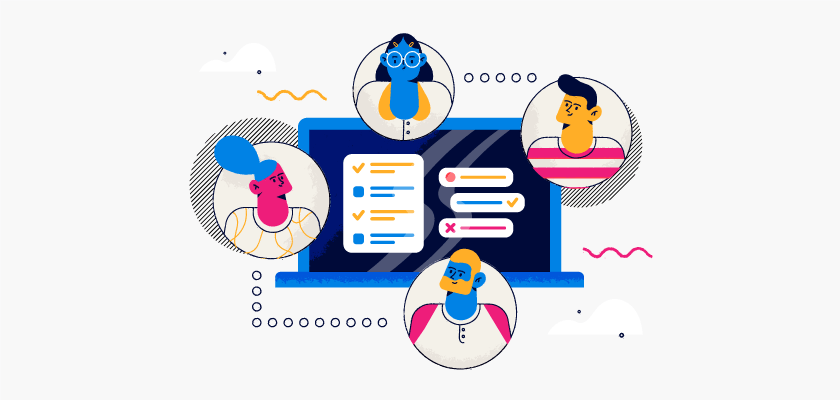
Top 13 Inspiring “Meet The Team” Page Examples By Digital Agencies
As a digital agency, there’s one section you should absolutely have on your agency’s webpage. And that is the “Meet the Team” page. The “Meet the Team” page is one of the essential parts of your agency website because it …

Designing Websites That Convert: How CRO Agencies Unlock Website’s True Potential
In the digital realm, the art of website design transcends mere aesthetics; it’s a pivotal factor in driving conversions and achieving business goals. This perspective is particularly sharpened in a CRO agency, where innovation meets functionality to create impactful online …

5 Must-Know UI/UX Trends for Future-Proofing Your Medical Device Design
According to Statista, digital healthcare is surging forward, fueled by a global investment projected to exceed $34 billion by 2025. This influx is driving a wave of promising healthcare trends, all with one guiding star: creating a seamless and empowering …

Top UI & UX Design Agencies for Startups in 2024
Having a startup is like having to fight in many different battlefronts. Similarly, having a small business does not mean that it is an easy job to handle. UI / UX design agencies enable you to achieve success by supporting …
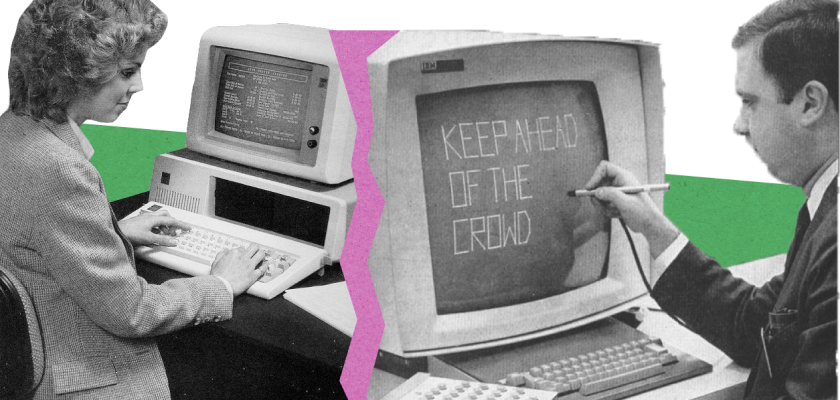
Why Digital Design Studio Aardig Uses Webflow in Making Websites
Webflow is a low-code visual platform for creating websites, landing pages, blogs, and online stores. It enables people to build websites without having to code, as Webflow generates a large part of that code itself. Small disclaimer: it doesn’t mean …

Designing for Success: Elements of a Profitable Commercial Website
Simply creating a website and engaging in its technical promotion is not enough—it’s important to understand how a website should look to attract attention. It’s necessary to evoke a desire in visitors to use the website, and for this, it’s …


